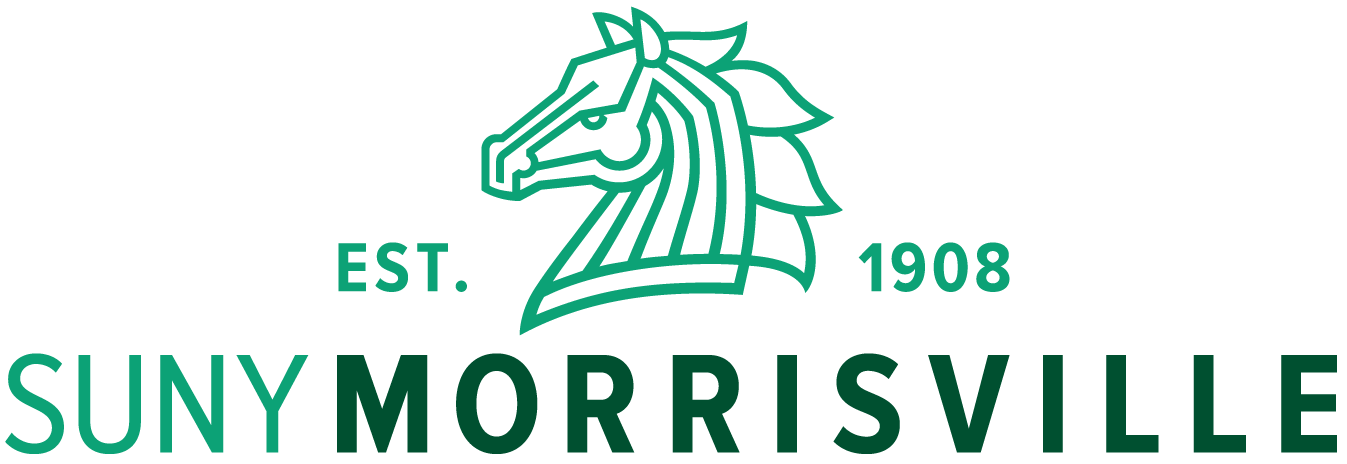After nearly eight decades of prohibition, industrial hemp is making a comeback in New York with the help of students and faculty at Morrisville State College.
Assistant professor Jennifer Gilbert Jenkins partnered with a local farm last year to cultivate the state’s first legal hemp crop in more than 75 years. This summer, she oversaw nearly 85 acres of hemp planted in campus fields, assisted by a small group of students who spent their summer planting, fertilizing and scouting the crops for weeds and insects.
The seeds of research and strategic partnerships have grown into new support from state lawmakers and New York’s members of Congress, with Morrisville State positioned as a leader in a field that has potential to help farmers turn a profit during difficult economic times.
“This is an industry that is waking up across the country,” said Gilbert Jenkins. “The possibilities are so exciting.”
While hemp is already a nearly $1 billion industry in the United States, most hemp products are imported from Canada, China and Europe due to decades-old federal prohibitions.
Part of the challenge of making hemp mainstream is overcoming the connection to its sister plant, marijuana. The biggest distinction: hemp contains less than 0.3 percent tetrahydrocannabinol, or THC, the primary psychoactive ingredient in marijuana, which contains 10 to 20 percent of the chemical compound.
Still, the crop has been caught up in federal anti-drug efforts for nearly a century. Widespread cultivation of the crop fell off dramatically after marijuana prohibition in the 1930s, and hemp production was outlawed entirely by the federal Controlled Substances Act of 1970.
In recent years, attempts to revive the industry have spread from state to state, as proponents wait for the federal government to separate marijuana and hemp production. More than 30 states now permit hemp cultivation, and hemp products already on the market range from food to clothing to medical supplies.
“It is still seen by some as this taboo commodity, but it really isn’t,” said Steve Ammerman of the New York Farm Bureau. “This is an opportunity for farmers to diversify and find a value-added product that can help their farms stay profitable and give them stability moving forward.”
In New York, industrial hemp got its first green light in 2014, when state lawmakers approved a pilot program for research purposes.
The support from Gov. Andrew Cuomo expanded this year, with a $1 million grant for research and infrastructure development and more than 1,500 acres planted statewide in conjunction with state universities.
“By expanding industrial hemp research and development for both farms and businesses, New York is embracing our legacy of innovation to lead the way on this economic engine that will create jobs from the field to the factory,” Cuomo said at a press conference in July. “Industrial hemp is a promising commodity that, with the necessary support and resources, can provide a tremendous boost to our communities by increasing the profitability of our farms, creating new jobs in Upstate New York, and laying the groundwork for future growth.”
Morrisville’s involvement began with a call from Mark Justh and Dan Dolgin of JD Farms, a 1,200-acre organic operation in nearby Georgetown.
Justh initially intended to use hemp as a cover crop to suppress weeds while growing organic hay. But he became more interested in the crop itself after discovering thousands of uses for the stalks, seeds and leaves.
High in protein and fiber and rich in heart-healthy amino acids and omegas, advocates have touted hemp’s ability to lower blood pressure and cholesterol, boost the immune system and act as a weight suppressant.
“It’s a potential superfood,” he said. “It’s a nascent industry, but there are so many uses for it.”
Last year, JD Farms worked with Morrisville State College, planting 35 acres with seeds imported through the college; this year, more than 120 acres are flourishing and Justh hopes to expand to 450 to 600 acres next year.
Justh, a former banker with JP Morgan Chase, said the partnership with Morrisville has brought expertise and enthusiasm.
“You have to remember that this is the first time the crop has been grown in 80 years,” Justh said. “What we are doing is putting together a body of research that will hopefully help others over time.”
Last year’s hemp stalks were sold to Ecovative Designs, an Albany-based company that previously imported its hemp for sustainable packing materials.
This year, JD Farms began to explore food products, producing a baby greens mix with kale and hemp already available in some Whole Foods locations in the Northeast. Justh and Dolgin teamed up with a small-batch Brooklyn pasta maker, Sfoglini, to make dried hemp pastas, available online. And a cold-pressed hempseed oil caught the attention of major New York City chefs for its freshness, since previous hemp products had to be imported.
The first hemp harvest from Morrisville State will head to the SUNY Fashion Institute of Technology, where professors want to use the long-strand fibers in eco-chic couture designs.
The effort has had its roadblocks. This year, some of the seeds intended for fields at Morrisville State were held in customs for more than a week, delaying planting during an already wet and cold season.
“That can’t happen to a traditional farmer, because their livelihood is dependent on getting seeds in the ground on time,” Gilbert Jenkins said.
Gilbert Jenkins focused her initial research on weed pressure, pest control, nutrient requirements and nitrogen management.
“I want to know how to grow it better,” she said. “We try things so we can learn from them. We find out what didn’t work and how to fix it.”
Going forward, she is hoping to explore phyto-remediation, or using plants to clean up polluted soils. Gilbert Jenkins believes hemp could be a strong candidate to help clean up brown fields because the plant accumulates the pollutants in its leaves, leaving the seeds unpolluted and available to harvest and use for non-food products such as biofuels.

